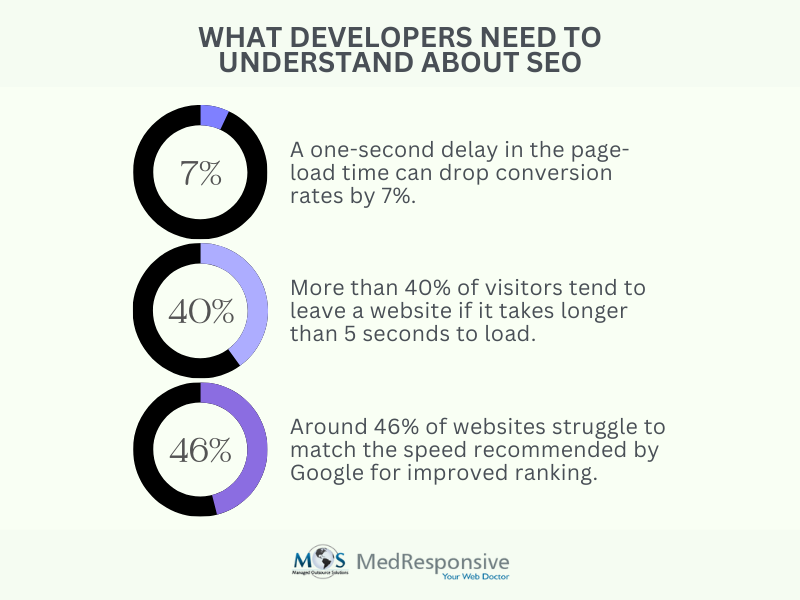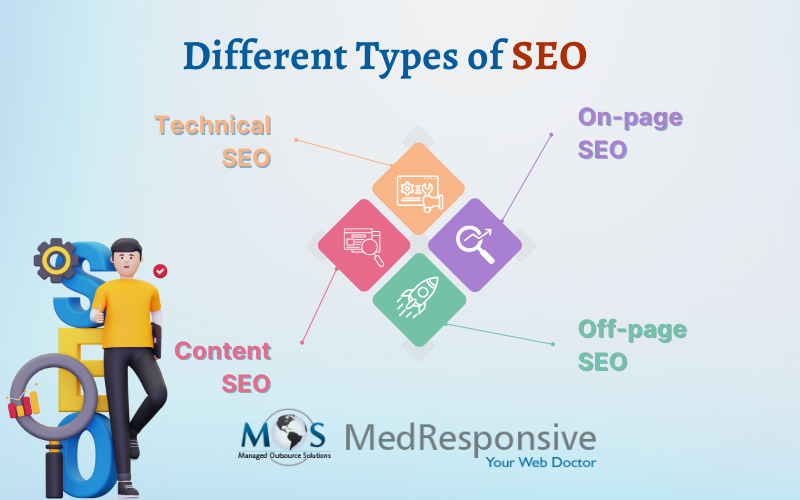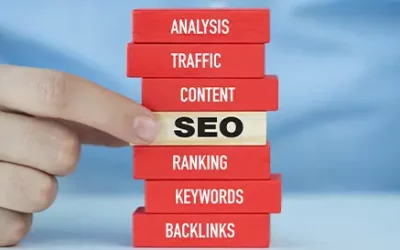While developing a website, web developers often focus on the technical aspects like coding, layout and user experience. But here’s the kicker:- even the most beautifully & technically designed website can struggle to reach their audience, if it is not optimized for search engines. Search Engine Optimization (SEO) holds the key in making your website visible on search engines like Google and driving organic traffic into the site.
This blog is for all you web developers out there, who would like to get a grip on SEO, its different types and essential strategies (plus a few insider tips!) in improving SEO for the website you create. Mind you, a search engine optimization company with experienced web developers and SEO experts can do a lot more than what we are about to spill here-in terms of taking your website right in front of the line. Anyways, let’s dive right into the matter in hand.
What Developers Need to Understand about SEO

SEO may not be your forte, but if you pay close attention to a few technical aspects while building the website, you can sidestep the pitfalls mentioned in the graphics above. SEO goes far beyond keywords, or quality content, or outreach programs (you could leave that with your SEO marketers!). As a developer, you will have a crucial role to play in laying a solid foundation for SEO that will perform well in search engines. Here are a few reasons why you should care about SEO:
- Site Layout: Search engines find it easier to crawl through websites that have a clean, simple architecture & navigation.
- Security: HTTPS is no longer an option but a necessity. It is something that validates trust in a user who visits your website.
- Speed & Performance: The pages’ loading speed is one of the key deciding factors when it comes to the overall search ranking.
- Mobile Optimization: Google uses mobile-first indexing, which means it gives preference to the mobile version of your website.
Different Types of SEO
There are different types of SEO, each unique and performing certain tasks:
- Technical SEO: Developers have a huge role here ensuring the website’s technical prowess – a sturdy architecture, crawlability and speed, all which have to meet search engines’ standards.
- On-page SEO: Here, you’ll have to optimize elements on the website’s individual pages like headers, meta descriptions, titles and images.
- Off-page SEO: This is more of an SEO marketer’s domain as it involves backlinking, social media integration and several other external factors.
- Content SEO: The website’s content also plays a crucial role for search engines to find your audience, so make sure the content aligns with search intent and keyword relevance.
Best Practices to Improve SEO
Now that you’ve learned the relevance of SEO becoming a fundamental skill for developing a website, here are some of the best practices that can help your site climb the ranks:
- Keep Short, SEO-friendly URLs: URLs should be clean, descriptive and structured. Make sure to stay away from using numbers, too many characters or lengthy URLs. Also, use hyphens instead of underscores while writing URLs (eg: \seo-best-practices instead of: \seo_best_practices).
- Faster Load Times: Optimizing site speed is vital to a better SEO. Compress images, influence browser caching, minify CSS & JavaScript and use a content delivery network (CDN). Using tools like Google Pagespeed Insights can help optimize your website accordingly.
- Implement Structured Data: A structured data with Schema markup helps search engines understand unique content elements like products, reviews, events etc. This can also generate rich snippets, which enhances visibility and click-through rates (CTR).
- Generate an XML Sitemap: Since an XML sitemap indexes all important pages in your website, it is important to create one and regularly update it—especially when a new page is added and make sure to submit it through Google Search Console.
- Make it Mobile-ready: Almost 60% of the web traffic comes from mobile devices. So, ensure that your website is mobile-responsive with excellent load time. Use CSS frameworks like Bootstrap or Materialize to simplify responsive design.
- Build Internal Links: Internal links distribute links equally across your site and help users find related content with ease. Make sure to not stuff the website with excessive links, keep anchor texts descriptive and update them periodically.
Advanced Tips (As Promised!)
- Use Robot.txt: If your website is quite large, make sure to focus on your site’s crawl efficiency. Robot.txt can block insignificant pages and ensure only essential pages are prioritized.
- Implement Canonical Tags: These help search engines distinguish the preferred version of a page from other similar pages, preventing duplicate content issues.
- Enhance JavaScript SEO: Websites rely predominantly on JavaScript but this can stuff SEO while search engines crawl for content. Implement server-side rendering to ensure content is crawlable.
You might not be an SEO marketer but as a web developer, you do have a crucial role to play in integrating the best SEO practices right into the very foundation of the website you build. By focusing on technical SEO elements like load speed, architecture and mobile responsiveness, you are positioning your website towards long-term success.
Remember, a well-optimized website not only makes it easier for search engines to crawl but enhances overall user experience as well. So, it’s time to start thinking like an SEO marketer and watch your website rise in rankings!





